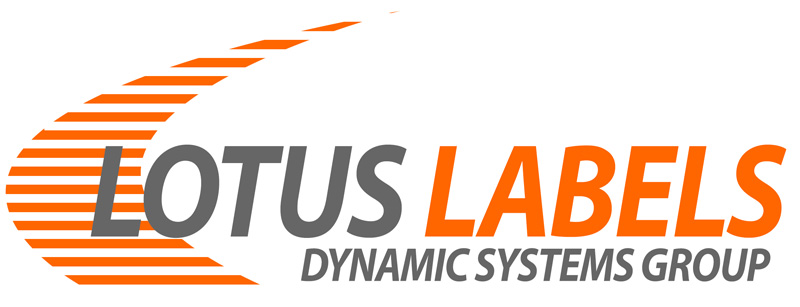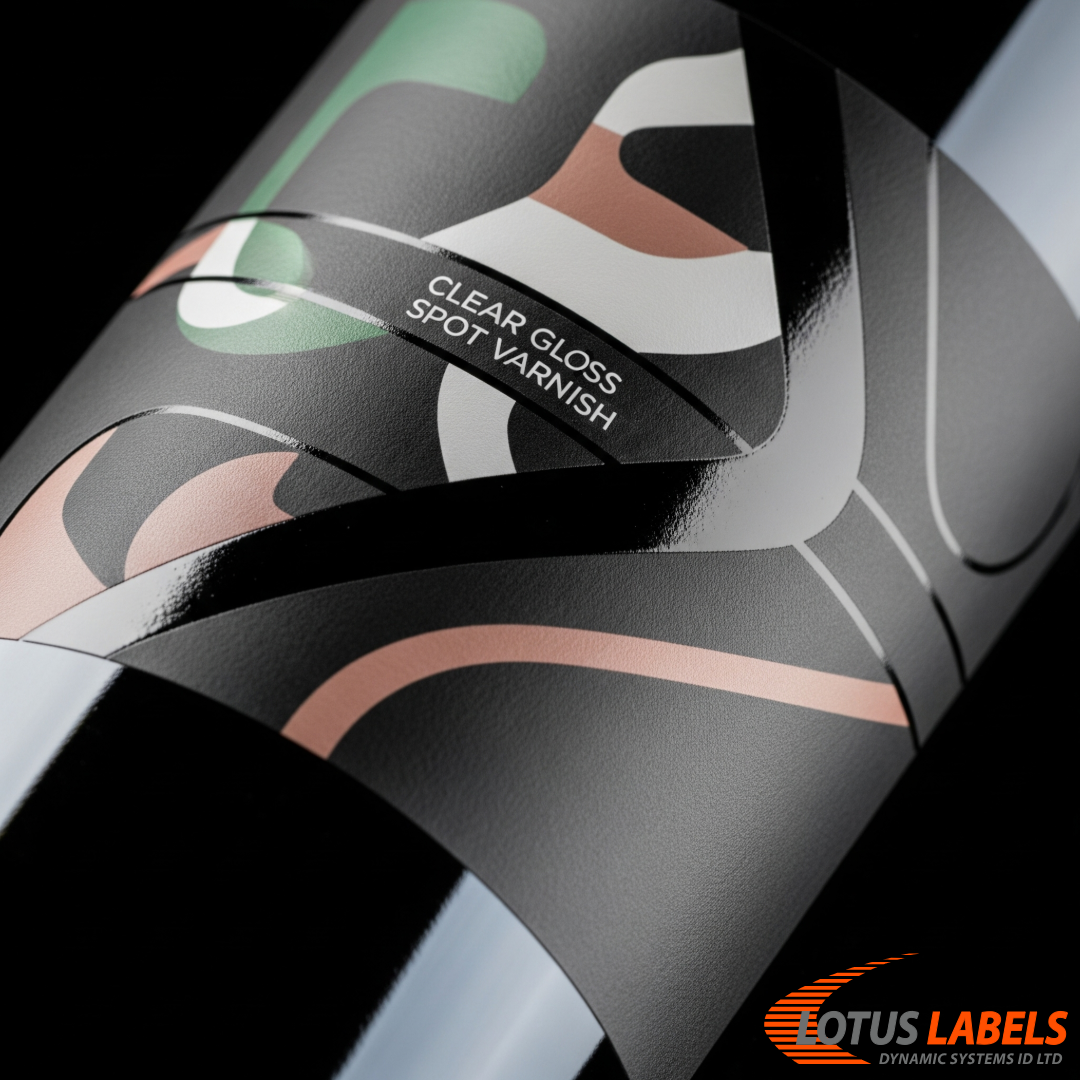When it comes to luxury product packaging, the little details often make the biggest difference. When choosing between laminates and varnishes for your packaging, understanding their differences is key to making the right choice. From the feel of the label to how it holds up over time, the finish you choose isn’t just about aesthetics, it shows your brand’s quality, values, and positioning.
Lamination or varnish on their labels or cartons? – that is the question. While both can deliver a high-end result, the difference lies in performance, durability, tactile experience, and sustainability. Understanding how each method works will help you make the right choice for your product.
What is the difference?
Both laminates and varnishes are used to protect and enhance printed labels and carton packaging. However, the application method and end-result differ significantly:
- Varnish is a liquid coating applied over the printed surface and then cured (dried) using UV or water-based processes. It creates a protective layer that can add texture, subtle sheen, or visual contrast, without adding much weight or thickness.
- Laminate is a thin film, usually made from plastic or specialty materials, applied over the label to create a highly durable barrier. It offers stronger resistance to moisture, oils and abrasion, and is especially suited to more demanding environments.
Let’s look at each option in more detail.
Varnish: Subtle sophistication
Varnishing is a favourite among brands looking for a delicate, tactile, and elegant finish. It allows for creative versatility with options like:
- Gloss varnish: Adds shine and enhances colour vibrancy.
- Matt or satin varnish: Creates a smooth, premium feel.
- Soft-touch varnish: Offers a velvet-like texture that feels luxurious in hand.
- Rough–touch varnish: Creates a sand-paper-like effect.
- Spot varnish: Applied only to specific parts of the design (e.g. a logo or pattern) for contrast and emphasis.
Because varnish adds minimal bulk, it pairs well with paper-based and eco-friendly materials, helping maintain recyclability. It’s ideal for labels used in dry, ambient environments, such as cosmetics, dry goods, luxury spirits, or boutique skincare.
Best For:
- Luxury brands seeking refined, tactile finishes.
- Paper-based substrates or sustainability-conscious packaging.
- Brands that want to visually enhance certain design elements such as text and logos.
- Products stored in dry or temperature-controlled spaces.
Laminate: Durable elegance
Lamination is all about protection, performance and elegance. It applies a smooth, thin film over your label, adding a physical barrier that guards against wear, tear, and environmental exposure. Laminates are available in a range of grades, including:
- Gloss: High shine and colour-enhancing.
- Matt: Understated, premium-look finish.
- Soft-touch: Smooth and velvety, similar to varnish but more durable.
- Anti-scuff: Designed for frequent handling or friction-heavy environments.
If your product is stored in fridges, freezers, or damp areas – like condiments, refrigerated wines, dairy, or beauty products – lamination offers longer-lasting protection while keeping the label intact and looking fresh.
Ideal For:
- Products exposed to moisture, oils or solvents.
- Items that are frequently handled or transported.
- Brands that want a sleek, consistent finish with maximum durability.
- Packaging requiring moisture, UV, or chemical resistance.
Which should you choose?
The right finish depends on your products environment, usage and branding goals. Here is a simple guide to help narrow your choice:
If your product is… | Consider |
Kept in dry, indoor conditions (e.g. spirits, boutique goods) | Varnish |
Stored in a fridge or exposed to moisture/oils (e.g. sauces, creams, wines) | Laminate |
Designed with eco-conscious materials | Varnish ( especially water-based or UV options) |
Packaged in paper or textured stock | Varnish |
Needing maximum durability and protection | Laminate |
Needing subtle, tactile luxury | Varnish |
Needing consistent, industrial-grade protection | Laminate |
If you want to highlight certain design elements – such as logos or brand patterns – you can also combine a gloss spot varnish with a matt laminate, creating a special efec that stands out both visually and physically.
Still not sure? Let's talk about the options
Choosing between laminate and varnish doesn’t have to be overwhelming, but it does matter. The finish you choose affects not only how your packaging looks, but how it performs, how it feels, and how it reflects your brand.
At Lotus Labels, we help brands across food, drink, beauty, and lifestyle industries find the right finish for their unique products and markets. Whether you’re crafting a label for a high-end wine or an award-winning sauce, our team can guide you through the options – and send samples to show the difference in your hand, not just on screen.
Request your free premium label sample pack today and experience the options for yourself.

